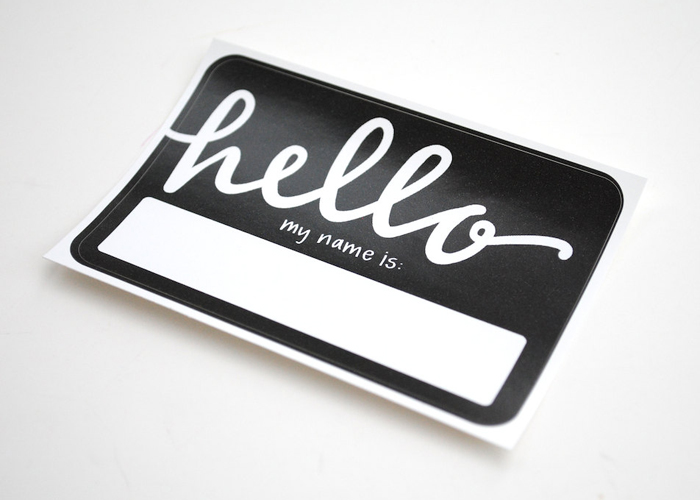Rules for the New Relaxed Office Dress Code

A question you may ask yourself is if you should swap your navy pantsuit for a modern jogger and cool pair of sneakers. Not too long ago, the answer would have been a resounding “no.” Today, the answer is a little murky.
According to recent headlines, there is a major shift in corporate dress codes. Some of the most formal companies – including JP Morgan Chase and Goldman Sachs – are loosening their policies to allow employees to dress more casually.
As with everything in life, change is the only constant. The world is becoming less formal, due in part to the age of employees and the always evolving influence of fashion.
The IT revolution is also responsible for a portion of the shift; communication is through technology, from a coffee shop or living room, reducing the need for face-to-face meetings. The entrepreneurial start-up culture often places less emphasis on formal business wear and more importance on a job well done.
As a modern professional, it’s important to know the boundaries and be aware of your image, regardless of the relaxed standards. While not every meeting requires a sport jacket or a formal pair of dress shoes, some still do. How do you navigate the changing world of professional attire?
Make a Statement
You want to dress casually, but you also want others to see you as competent and committed. The right clothes will help you accomplish all of these goals. Like it or not, appearances count, even in the most relaxed workplaces, and your wardrobe choices may send unintended messages. Stay conscious of how you present yourself, especially if you aim to move forward in your career. Sweats, torn jeans, faded T-shirts and wrinkled clothing are not going to help other people take you seriously. Unless you’re Mark Zuckerberg, save the hoodie for the weekend.
Relax… When Appropriate
Casual wear may be acceptable in certain scenarios, but other times you’ll need to dress to impress. Consider this rule of thumb: dress for your client or other special VIPs. If you know they put little emphasis on a tie and lace-up shoe, choose an ironed dress shirt or a pair of tailored slacks and a polished and clean pair of loafers or heels. When in doubt, err on the side of caution and dress up – not down.
Go to Great Lengths
No matter how relaxed your office may be, save the miniskirts for the weekend or after hours, not the board room. Skirts should reach at least to the knee to be a good fit for the office, even on casual dress days. This rule includes all “extremes.” Avoid clothes which are too tight or too revealing. Spaghetti straps, tube tops, shorts and necklines cut more than two inches above the cleavage are all office no-nos.
Live In Color
Inject fun into your office wardrobe in small doses. Add a lively print, a trendy touch or bright color in a blouse under a dark or neutral blazer. Alternatively, an accessory can deliver a pop of color, such as a pair of bright earrings, shoes or a purse. By adding color through secondary pieces and accessories, you’ll stay on trend while changing up the look of classic suits and getting more mileage out of your clothing budget.
Be Ready
Even if khakis and a button-down shirt are a daily standard, keep a sport coat, a tie, dress shoes or other “instant upgrade” clothing in your office for an unexpected change. If a situation arises where you need to run out last minute, you will be prepared. It’s easier to tone down a look by removing a piece of clothing whereas you may fall short of elevating your image without key pieces.
Neatness Counts
Avoid anything wrinkled, torn or sloppy. Your outfit objective: clean, neat and in good repair. Anything you wear to work should fit you well, be in good shape and free from wrinkles. Opt for light scents or none at all, in order to respect coworkers with allergies.
Know Company and Industry Guidelines
Every industry, business and corporate culture is different, so it’s hard to make rules that apply universally. Acceptable casual wear in a law office may look very different than what works in an ad agency or tech startup. When in doubt, check the dress code policy in the employee handbook. Most companies provide clear directives so employees know what to expect. If you aren’t given any specific rules, ask for clarification to be in line with the corporate culture. Look around and take note of the most impressive dresser and follow suit.
For fashion inspiration, refer to my Pinterest boards (for her, for him).
You may also like Summer Office Style Tips. For more of Diane’s etiquette tips, “like” The Protocol School of Texas on Facebook, and follow Diane on Pinterest, Instagram and Twitter. Buy her new book, Modern Etiquette for a Better Life.






